Skip to content
Epoxy Flooring Glossary: Essential Terms
- Epoxy Resin: A durable, plastic-like material used in flooring. It’s created by mixing resin with a hardener, which then hardens into a solid surface.
- Hardener: A chemical that, when mixed with epoxy resin, starts the chemical reaction to harden the resin, creating the final flooring surface.
- Curing: The process where epoxy resin and hardener react and harden into a durable flooring material. This process can take several hours to days.
- Self-Leveling Epoxy: A type of epoxy that spreads out evenly on its own to create a smooth, level surface. It’s often used in spaces that require a flat and uniform floor.
- Broadcast System: A method where small flakes or chips are scattered onto the wet epoxy to add texture and design to the floor.
- Polyaspartic Coatings: Similar to epoxy, these coatings are known for their quick curing time and resistance to UV light, making them less prone to yellowing over time.
- Primer: The first layer of coating applied to the floor before the epoxy. It helps the epoxy adhere better and can seal any pores in the concrete.
- Vapor Barrier: A layer applied under the epoxy to prevent moisture from rising up from the ground and affecting the epoxy layer.
- Aggregate: Small particles like sand or quartz added to the epoxy mix to make the floor thicker and more slip-resistant.
- Trowel-Applied Epoxy: A thick type of epoxy put down with a trowel. It’s used to level out uneven floors before the final epoxy coat.
- 100% Solids Epoxy: A type of epoxy that doesn’t contain any solvents, meaning it doesn’t lose volume while curing and results in a thicker, more durable coating.
- Moisture Test: A check performed on the concrete before applying epoxy to ensure it doesn’t have too much moisture, which can affect the epoxy’s adhesion.
- Epoxy Flake Flooring: A decorative style where colored flakes are embedded in the epoxy, creating a speckled or granite-like appearance.
- Pot Life: The amount of time you have to use the epoxy mix before it starts to harden and become unworkable.
- Abrasion Resistance: The ability of the epoxy floor to withstand wear and tear from foot traffic, equipment, and other forms of abrasion.
- Bonding Agent: A substance used to improve the adhesion between the concrete floor and the epoxy coating.
- Decorative Quartz: Small, colored quartz particles added to epoxy to create a decorative, multi-hued surface.
- Epoxy Mortar: A mixture of epoxy resin and sand or cement, used to repair major cracks and damages in concrete before applying the final epoxy coating.
- UV Stability: The ability of an epoxy coating to resist degradation or discoloration from exposure to ultraviolet light.
- Thermal Shock Resistance: The capacity of an epoxy floor to withstand rapid changes in temperature without cracking or losing its bond with the concrete substrate.
- Polyurea Coatings: Similar to epoxy, polyurea coatings are known for their rapid curing time and durability. They offer excellent protection for garage floors, resisting chemicals, abrasion, and impact.
- Moisture Mitigation: A process that involves addressing moisture issues in the concrete substrate to prevent future problems with the epoxy, such as bubbling or delamination.
- Hot Tire Pickup Resistance: The ability of an epoxy floor to withstand the heat and weight of tires without leaving marks or damage, a crucial consideration for garage floors.
- Clear Topcoat: A transparent layer applied over the epoxy to enhance its durability and provide additional protection against UV rays, stains, and wear.
- Decorative Flakes: Colorful vinyl flakes or chips scattered onto the wet epoxy to create a decorative, textured surface that also provides slip resistance.
- Sealer: A protective coating applied over the epoxy to enhance its longevity, gloss, and resistance to stains and chemicals.
- Edge Primer: A specialized primer applied to the edges of the garage floor to ensure proper adhesion of epoxy coatings and a seamless finish.
- Epoxy Grout: A high-strength epoxy-based grout used to fill gaps or joints between tiles or other flooring elements, providing a cohesive and waterproof surface.
- Chemical Resistance: The ability of an epoxy floor to withstand exposure to various chemicals commonly found in garages, such as oil, gasoline, and solvents, without damage.
- Impact Resistance: The capacity of an epoxy-coated garage floor to absorb shocks and impacts from heavy objects, reducing the risk of cracks or damage.
